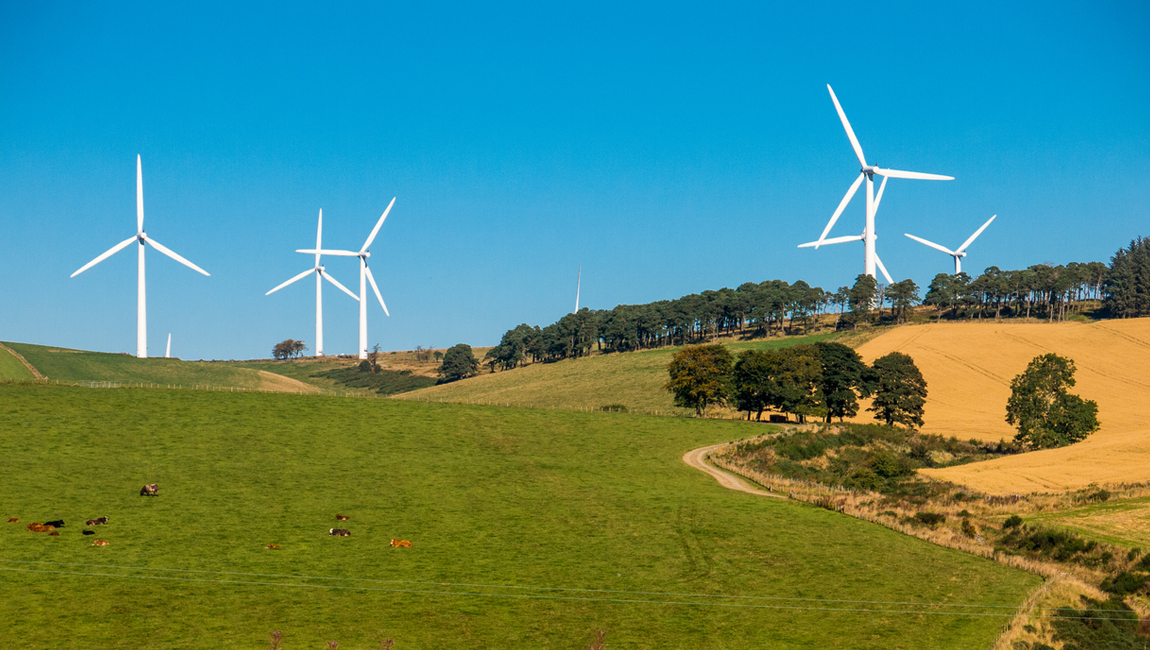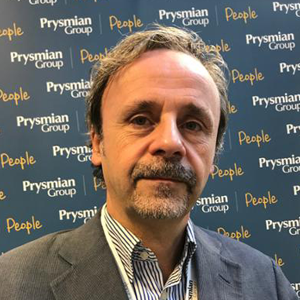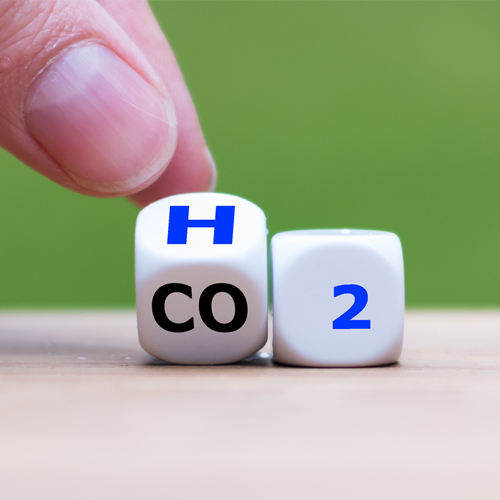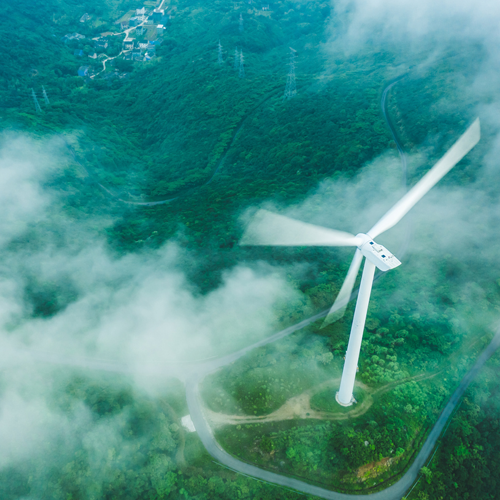How Prysmian Group helps customers reduce their carbon footprint through innovation

Sustainability is part of Prysmian Group’s business model, and the company is working to increase its sales from low-carbon products by constantly innovating to come up with new products that will enable customers to reduce their greenhouse gas emissions
Setting a new standard with sustainable products and services
Prysmian Group is working to reduce its carbon footprint by increasing sales from low carbon products in excess of 50% of its total by 2022. To achieve this goal, over three-quarters of the group’s 106 million-euro 2019 Research & Development budget is spent on developing products that will enable the energy transition. The International Renewable Energy Agency (IRENA) defines the energy transition as “a pathway toward transformation of the global energy sector from fossil-based to zero-carbon by the second half of this century.”
Making this transition to low-carbon energy is key to our future health and prosperity.
The process of meeting this target starts with a continuous discussion with the entire value chain from suppliers to customers to ensure that the technologies being developed by Prysmian Group will be realizable and useful.
“When we look at our innovation strategy and new product development road maps, we choose to invest in technologies like P-Laser, FlexRibbon and High depth submarine cable systems areas that allow for the final customer to choose a product that will enable a low carbon application,” says Srinivas Siripurapu, Chief R&D Officer of Prysmian Group.

Srinivas Siripurapu
Chief R&D Officer of Prysmian Group
Of course, measuring the carbon footprint of a cable is the starting point for companies that are looking to reduce a project’s emissions impact. Prysmian engineers can measure the carbon impact of a cable during the design phase for 70% of the group’s cable items, out of an overall active products portfolio counting almost 400000 items, and the company is making good progress on its target is to increase this to 85% of the total by 2022, says Alberto Bareggi, Head of Cable Design.
Bareggi, who is also Head of Product Development for Energy and Infrastructure, oversaw the development of the P-Laser cable, which is cornerstone of Prysmian’s sustainability strategy because it helps customers lower their C02 and greenhouse gas production in three ways.
Firstly, it uses materials that are more sustainable from an environmental point of view. Secondly, it consumes significantly less energy during the production process in the factory. Lastly, it is 100% recyclable – an important advantage in the future, as resources become scarcer, especially metals. In addition to that, it can carry more energy than traditional cables, allowing to increase the reliability of the network in emergency situations.
P-Laser was central to Prysmian Group Awards of a massive new 525 Kv HVDC underground cabling project crucial to Germany’s energy transition. To meet its green energy targets, Germany is laying in excess of 5000kms of three cable links to transport electricity from North Sea wind farms to its energy-hungry south. P-Laser will be part of two of the three cable links.
“The awarding of this strategic contract with P-Laser clearly signals the ability of this technology to be employed on a large scale,” says Alberto. “And that in turn enables our customers to start looking at this seriously for future projects, playing a much bigger portion of the energy transition of the future both in land and submarine.”

Alberto Bareggi
Head of Product Development for Energy and Infrastructure
Prysmian Group is also working to reduce the carbon footprint of its fiber optics cables used in telecommunications. Its Scirocco brand microduct cables have helped a major customer in recent field trials use up to 50% less raw materials used in production of the cable and duct providing a reduction in the CO2 footprint. The ducts are made from 90% recycled plastic.
Another way Prysmian Group helps customers reduce their carbon footprint is with a smart solution called Alesea, developed in collaboration with Prysmian’s Innovation Factory Corporate Hangar and rolled out in February 2020. Alesea is a sensor attached to a cable drum that improves efficiency by making it easier to locate drums, understand when a drum becomes empty, and reduce cable scrap waste and the C02 emissions from transportation of drums.
“The challenge here is to understand how to use the device’s digital data to further reduce the emission of C02,” says Giovanni Berti, a partner at Corporate Hangar and Alesea CEO. “With digitalization and with the advent of IoT, a smart solution like Alesa can help us gather information that can in turn help us support our customers to reduce their carbon emission by up to 20%.”
A similar sort of device could be developed for maintenance and operation of fiber optic cabinets, he said.







